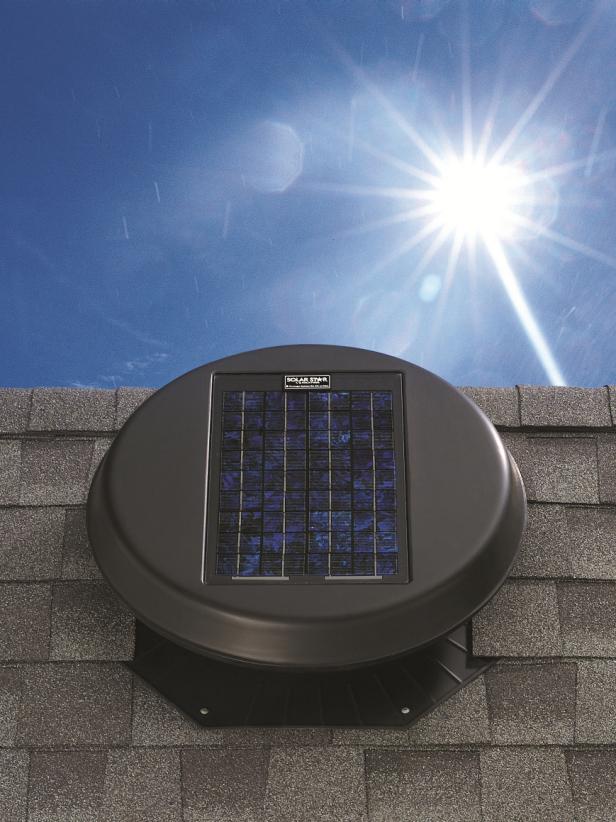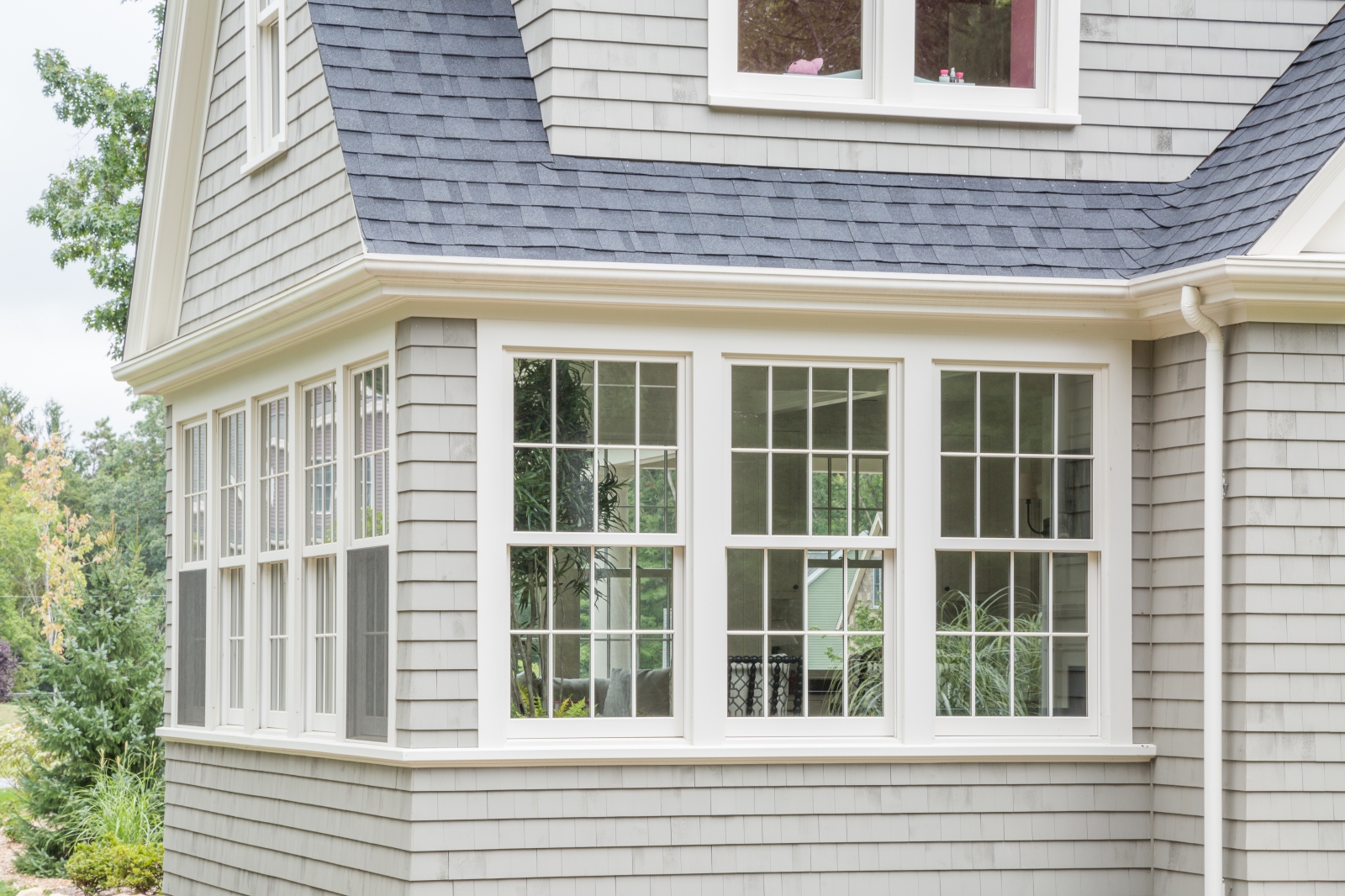Summer is finally here and it’s time to enjoy those perfect summer days and nights. There is nothing quite like a summer cookout spent with family & friends or a long fun filled day at the beach. With all the excitement summer brings, it also can shine light on those projects around the house that may need attention. We’ve shared some helpful tips and reminders to help care for your home this summer.

- Clean your dryer vent and exhaust duct to make sure there is no buildup of dust and lint.
- Change the filter in your air conditioner and consider scheduling an HVAC professional to service your system.
- Clean and consider re-sealing your tile grout.
- Do a test of your smoke & carbon monoxide detectors – check your batteries!
- Keep an eye on your irrigation system – a faulty sprinkler or irrigation hose that goes unnoticed can quickly cause larger problems for your lawn or even your basement.
- Reverse the direction of your ceiling fans. If your fans spin counterclockwise, they will push air straight down and will help keep your home cool this summer!
- Pay your attic a visit to check for any signs of mildew, leaks, holes, and even pests.
- Clean the grill to prep for all the summer barbequing!
- Take a look at your standby generator to make sure it is functioning properly.
- Check your gutters and downspouts for any buildup of debris and have cleaned to allow for efficient water flow.
- Your condenser has been outside all spring and winter long, make sure it is properly cleaned.
- Inspect your foundation for any cracks or leaks.
- Wash down your porch and give your deck a glace – check to see if any boards are rotting and may need replacement.
- Wash the windows! Why not have a clean fresh start after all the pollen.
- Check your outdoor faucets for any leaks.
- Inspect the caulking around the windows and doors of your home, this will help keep any unwanted critters out.
- Consider having your roof inspected by a professional.







 Picture this;
Picture this;
 Summer is breathing it’s last breath, kids are preparing to head back to school and here in New England the weather can turn fast. Prepare now for the impending chill of Fall and winter with some easy home maintenance tasks you can do yourself and some you may want to call in the Pros for.
Summer is breathing it’s last breath, kids are preparing to head back to school and here in New England the weather can turn fast. Prepare now for the impending chill of Fall and winter with some easy home maintenance tasks you can do yourself and some you may want to call in the Pros for. 



 When assessing whether you should replace your windows, ask yourself the following questions:
When assessing whether you should replace your windows, ask yourself the following questions: